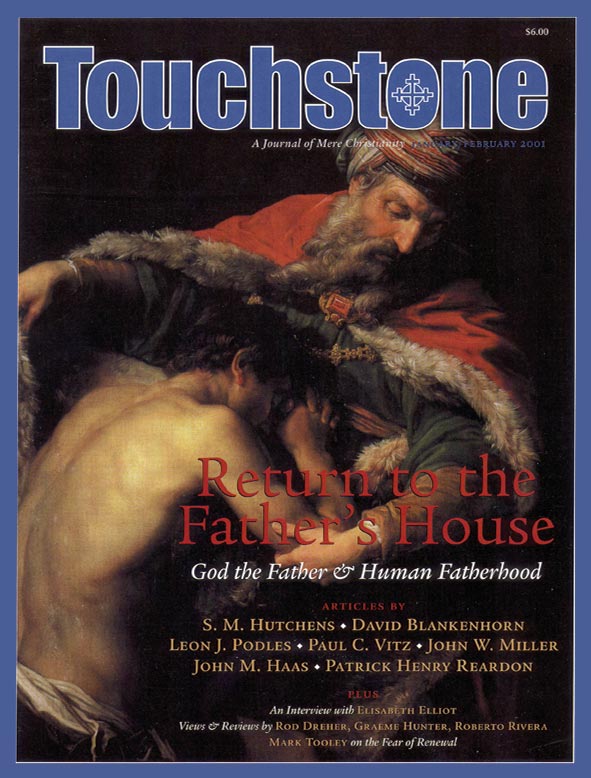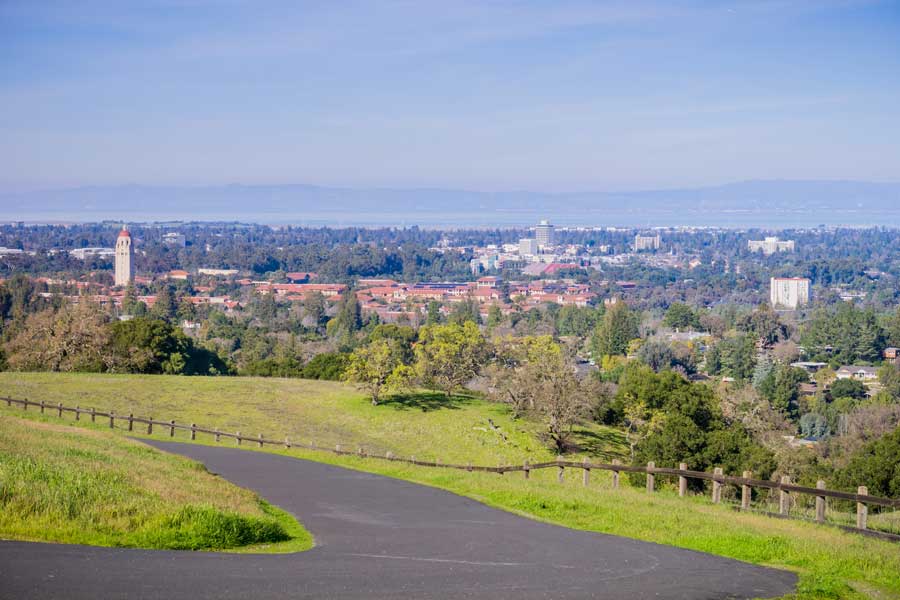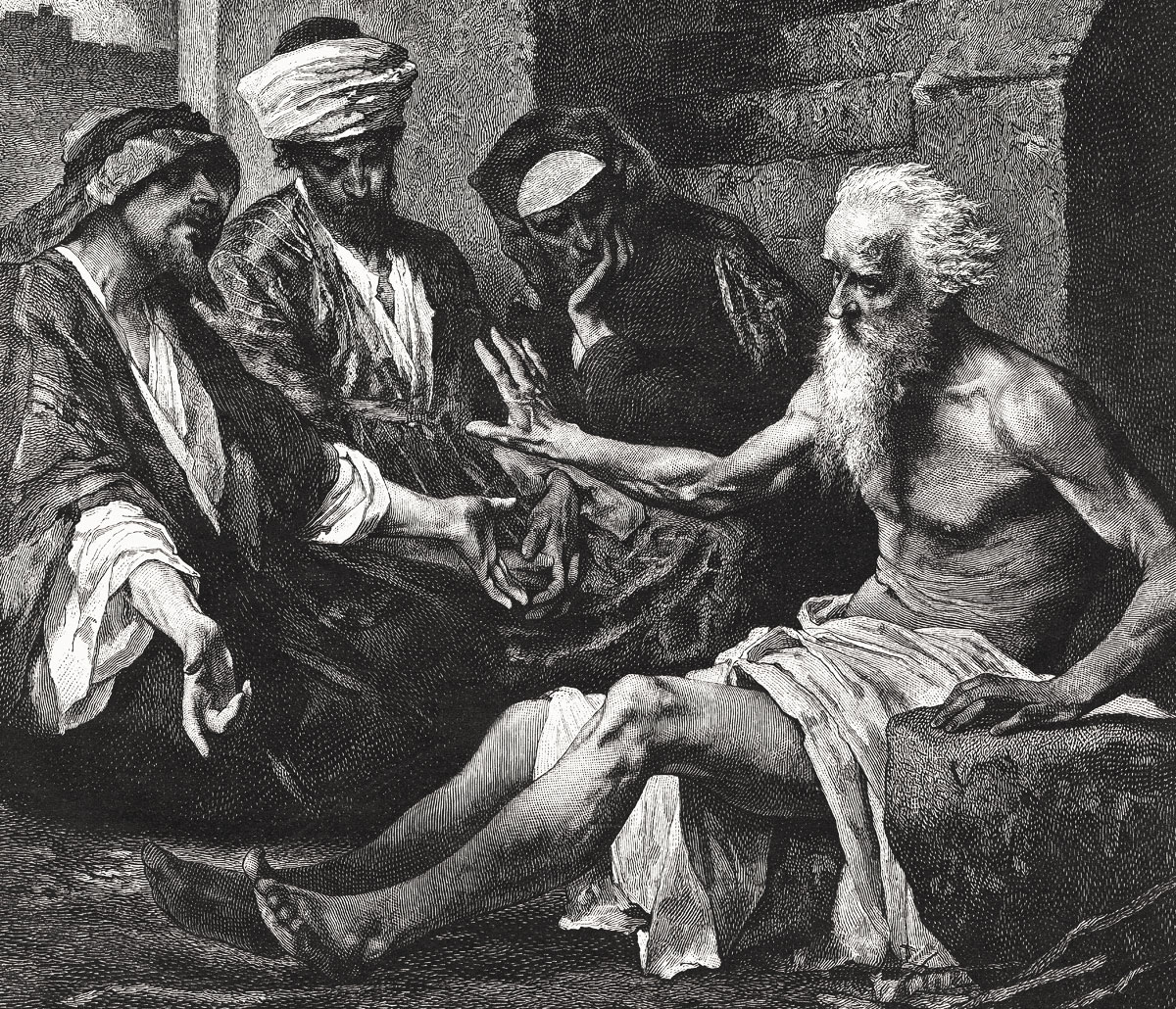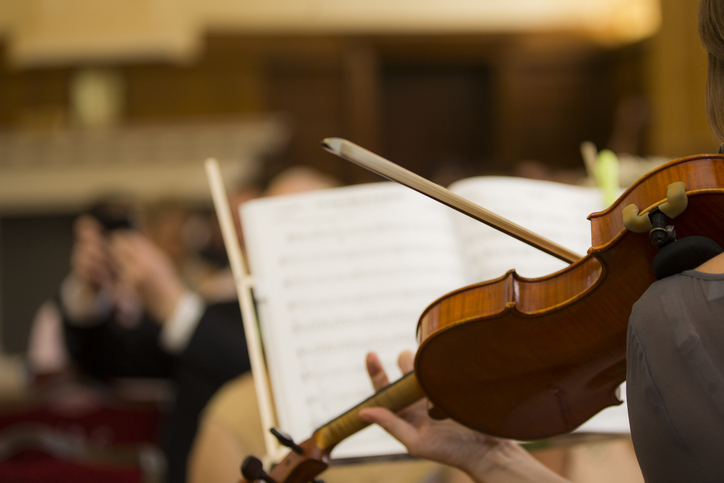Orthodox Ecology
Beyond the Shattered Image
by John Chryssavgis
Minneapolis, Minnesota: Light & Life Publishing, 1999
(192 pages; $12.95, paper)
reviewed by Vincent Rossi
For most environmentalists, theology remains a last resort, if they resort to it at all. This generalization stands, I believe, despite the new academic interest in religion and ecology. Even if secular environmentalists are now actively seeking theology’s support, it is not as the “queen of the sciences” that they turn to theology, but merely as a form of eco-ethics buttressed by the supposed moral support of “religion” in general.
For those, however, who are genuinely interested in the interface between religion and the environment as a first line of defense against the rape of nature, a restored theological vision capable of overcoming a disastrously individualistic and anthropocentric worldview and reintegrating God, man, and the natural world is a vision-quest worthy of every effort. Arguably, the deepest ecological thinking, the widest and most inclusive scope of environmental reconciliation, and the loftiest and most complete cosmic vision and spirituality are to be found in the riches of the Orthodox Christian theological tradition.
Beyond the Shattered Image, authored by Greek Orthodox theologian, teacher, and deacon John Chryssavgis, aims to present the full ecological significance of the Orthodox Christian worldview in its deepest, widest, and highest sense. It is a tribute to the maturity and clarity of the author’s thought that he is able to accomplish this task in a slim volume of less than 200 pages, and to present an essentially Eastern Orthodox perspective in such an attractive, irenic, and winsome way that it should appeal across the denominational board.
The heart of an Orthodox ecological worldview, according to Chryssavgis, consists of the vision, the conception, and, above all, the experience of the world as sacrament. To know and accept the sacramentality of the world in a truly effective way—that is, in a way that transforms the way we think, feel, and act toward the creation—requires, to begin with, a conceptual awareness of the Divine Presence in the world as reciprocal transcendence and immanence and, developing upon that conception, an experiential realization of that Presence in all created things. Now as God alone is sacred and the source of the sacred, a sense of God’s presence in and involvement with the created order is experienced by the believer as a sense of the sacred in creation. The creation as such is not considered sacred in the Orthodox tradition, but the creation as a sure sign of God’s will, providence, and purpose is a traditional teaching of the Church as ancient as St. Athanasius, as bold as St. Basil, as complete as Chrysostom, and as cosmically unifying as St. Maximus the Confessor. The creation is a revelation of the sacred—that is, the presence of Divine Providence, Justice, and Purpose—in and through the world. Furthermore, if every life-form, indeed, every created object reveals in its own way the presence and purpose of God, then every created thing is also a symbol—that is, a visible and material form that not only represents but literally re-presents the invisible and beyond-the-physical dimensions of reality. “All creation,” says Chryssavgis, “is a palpable mystery, an immense incarnation of cosmic proportions.”
The linchpin of Orthodox cosmology, according to Chryssavgis, is unquestionably the sacramental principle. The sacramental principle is the means by which “we understand the world around us as being sacred.” The world around us—which is, not coincidentally, the basic definition of environment—is not conceived in the Orthodox tradition as a conglomeration of objects, life-forms, and processes without intrinsic meaning, but a vast revelation of God, called by the Fathers of the Church the “Book of Nature,” composed of numberless logoi or “words of God.” All created beings, according to St. Maximus, are living symbols that reveal as well as conceal the presence and purpose of God in creation. The sacred, the sacrament, and the symbol: for Chryssavgis, these three elements form the basis of the sacramental ecology of the Orthodox tradition.
The sacred, sacramental, and symbolic dimensions of creation in the Orthodox worldview may be summed up in the saying of St. John of Damascus that “the whole world is a single icon of God.” The world is beautiful, and beauty, according to the Greek patristic tradition, is one of the names of God, and a sign of God’s presence in creation. Cosmos, as Dr. Chryssavgis reminds us, means the ordered harmony that is the very essence of beauty.
But what of the ugliness, disorder, disfiguration, and desecration of creation by mankind? Dr. Chryssavgis does not ignore the ugliness of evil and the evil of ugliness, but faces squarely the shattered image of the creation now being deformed in the image of human sinfulness. He does so with a note of optimism, the optimism of the Orthodox Christian tradition, which points us “beyond the shattered image” to the redeemed and reconciled creation that even now to the purified sensibilities of the saint reveals the true image behind, beyond, and within creation: the face of God. He writes,
the sacramental character of creation defies all sacrilege on our part, reminding us at all times that the world embodies the divine . . . it is as though the face of the earth were like the Image of God—seen and yet also unseen. And it is as though the face of the world were like a human face—sketched but not completed. Ugliness and destruction only and ultimately confirm the promise of beauty and integration. The deformation of the earth’s countenance calls for an involvement in the reconstruction of the world’s authentic vision and goal . . . desacralization must be the first step leading towards transfiguration; division must lead us back to reconciliation of all; consumerism demands a corresponding asceticism. (pp. 178–179)
Asceticism is an ever-present dimension in Orthodox Christian theology, and Dr. Chryssavgis faithfully represents that dimension in every aspect of his ecological theology. In the longest and pivotal chapter of this book, entitled “The World as Sacrament,” and in almost every other chapter in Beyond the Shattered Image, most notably, chapter four, “Divine Immanence and Divine Transcendence”; chapter five, “The Sacredness of Creation”; chapter six, “The Desert Is Alive”; chapter seven, “The World of the Icon”; and chapter nine, “The Privilege of Despair,” Chryssavgis is fully in line with the Orthodox tradition in prescribing ascetic practice as the key to transforming the effects of human activity upon the environment from estrangement to atonement, from disfiguration to transfiguration, from desecration and destruction to consecration and (in the best and most spiritual sense of the term) conservation.
subscription options
Order
Print/Online Subscription

Get six issues (one year) of Touchstone PLUS full online access including pdf downloads for only $39.95. That's only $3.34 per month!
Order
Online Only
Subscription

Get a one-year full-access subscription to the Touchstone online archives for only $19.95. That's only $1.66 per month!
bulk subscriptions
Order Touchstone subscriptions in bulk and save $10 per sub! Each subscription includes 6 issues of Touchstone plus full online access to touchstonemag.com—including archives, videos, and pdf downloads of recent issues for only $29.95 each! Great for churches or study groups.
Transactions will be processed on a secure server.
more on Orthodox from the online archives
more from the online archives
calling all readers
Please Donate
"There are magazines worth reading but few worth saving . . . Touchstone is just such a magazine."
—Alice von Hildebrand
"Here we do not concede one square millimeter of territory to falsehood, folly, contemporary sentimentality, or fashion. We speak the truth, and let God be our judge. . . . Touchstone is the one committedly Christian conservative journal."
—Anthony Esolen, Touchstone senior editor










